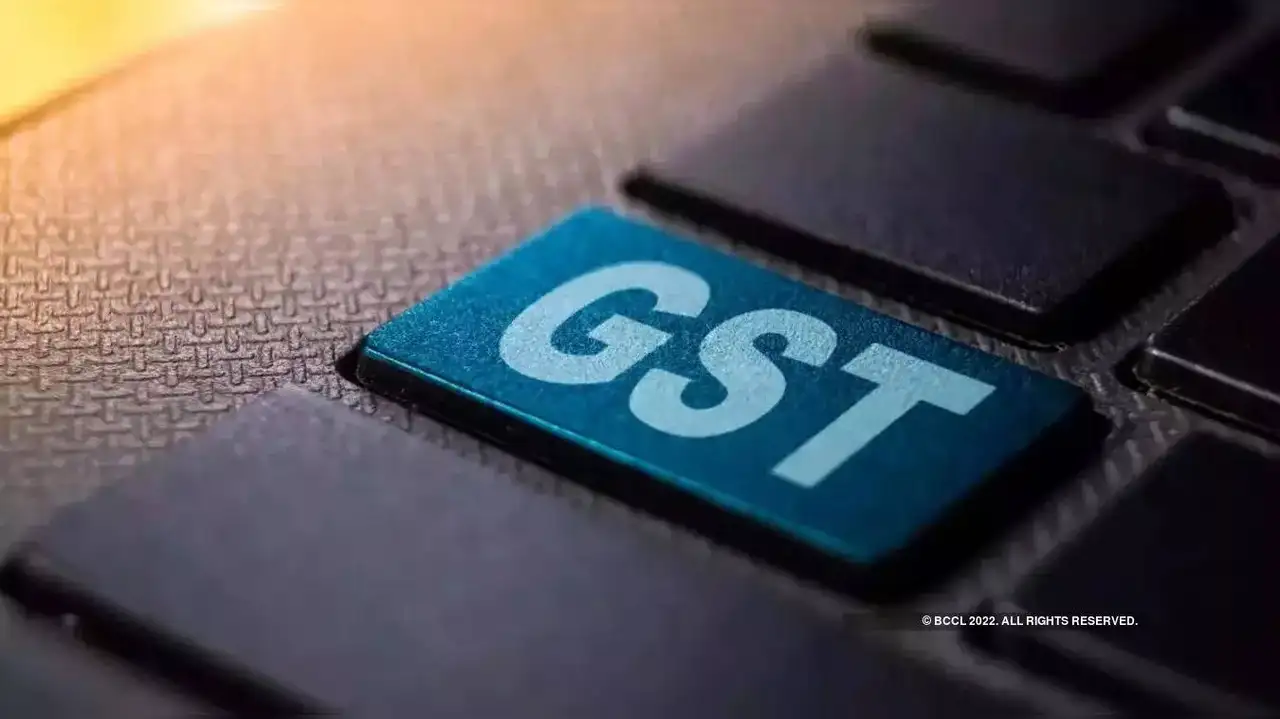Why ‘Next-gen GST’ Matters for India
By: Javid Amin | 04 Sep 2025
India is on the brink of rolling out its most significant Goods and Services Tax (GST) reform since the historic launch of the indirect tax system in 2017. The 56th GST Council meeting has finalized a bold, simplified structure that will reshape how Indians pay taxes on goods and services.
From September 22, 2025, GST will shift from the old multi-slab structure to a streamlined two-slab system, aimed at reducing confusion, easing compliance, boosting consumer spending, and providing relief to industries.
For households, this means lower grocery bills, cheaper consumer durables, and relief on everyday essentials. For businesses, it means simpler compliance, faster refunds, and reduced litigation. And for the government, it signals an election-year stimulus and a strategic push for growth.
Let’s dive deep into what this next-gen GST means for you, your household budget, your business, and the economy at large.
The New GST Structure — A Simpler Tax Landscape
Two Main Slabs
From September 22, India’s GST will operate on a two-rate system:
-
5% Merit Rate: For essential goods, food items, daily-use products, and small-ticket consumer goods.
-
18% Standard Rate: For most goods and services, including consumer durables, electronics, clothing, hospitality, telecom, banking, and more.
Special 40% Slab
A sin and luxury slab at 40% will target goods considered harmful to health or categorized as luxury, such as:
-
Tobacco, cigarettes, gutkha, pan masala
-
High-end cars (above 300 cc engines, SUVs, imported cars)
-
Sugary drinks and energy beverages
Abolished Slabs
The 12% and 28% slabs — which caused much confusion and classification disputes — have been scrapped. This will make compliance easier and bring clarity for businesses and consumers alike.
👉 Why this matters: A simpler system means less litigation, fewer disputes on product classification, and faster decision-making for businesses.
What Gets Cheaper — Relief for Households
Daily Essentials at 5% or Nil
Households can expect immediate relief in monthly grocery bills as many essentials move into the 5% slab or even become zero-rated:
-
Food items: milk, paneer, chenna, Indian breads (roti, paratha, naan)
-
Dairy & packaged goods: butter, ghee, cheese, jams, juices, confectionery, biscuits, ice cream
-
Toiletries: soaps, shampoos, toothbrushes, hair oils
-
Household goods: tableware, kitchenware, utensils
-
Agriculture inputs: fertilizers, handicrafts, natural menthol
Healthcare Relief
A major consumer-friendly move is the zero-rating of 33 life-saving drugs and medicines. This includes cancer drugs, insulin, HIV medicines, and critical cardiovascular drugs.
👉 Impact: Patients and families will see reduced treatment costs, providing much-needed relief in a country where out-of-pocket health expenditure is among the world’s highest.
Consumer Durables — Big Savings
Earlier, items like TVs (above 32 inches), ACs, dishwashers, refrigerators, cement, and small cars were taxed at 28%, making them expensive. Now, they move into the 18% standard slab.
-
TVs: All sizes
-
ACs & Refrigerators
-
Dishwashers, washing machines
-
Cement
-
Small cars & motorcycles under 300 cc
👉 Impact: Middle-class families can expect cheaper prices for these aspirational products, which could trigger a surge in demand during the festive season.
Textiles — Fixing the Inverted Duty Structure
One of the most awaited reforms is in textiles, where man-made fibre and yarn faced higher taxes than finished garments. Now, GST is aligned at 5% across the chain.
👉 Impact: Relief for weavers, small garment units, and textile exporters, making Indian products more competitive globally.
What Stays the Same or Gets Costlier
Services — Mostly Unchanged
Services such as telecom, banking, restaurants, IT, education, and insurance remain under the 18% standard slab.
👉 However, individual life and health insurance premiums are now GST-exempt, a big positive for households.
Sin & Luxury Goods — Higher Prices
While essentials are cheaper, sin and luxury goods will cost more due to the new 40% slab:
-
Tobacco products, gutkha, pan masala
-
High-end luxury cars and SUVs
-
Sugary & energy drinks
👉 Impact: This will discourage unhealthy consumption, align with health policy goals, and also boost government revenue.
Why Now? Timing the Reform
Festive Season Boost
The rollout coincides with Navratri and the festive season, traditionally the biggest shopping period in India. Lower GST rates will encourage households to spend more on essentials, durables, and festive purchases.
Economic Stimulus
The reform is designed to:
-
Boost retail demand by lowering prices
-
Ease household budgets amid inflationary pressures
-
Increase consumption-driven growth, which is vital for India’s $5 trillion economy goal
Ease of Doing Business
With fewer slabs, businesses face fewer classification disputes, simpler invoicing, and reduced litigation. This aligns with India’s ease of doing business push.
Political Timing
The announcement also has a political undertone. It follows PM Modi’s Independence Day speech, where he promised a “big Diwali gift” to the nation.
👉 A reform that directly reduces prices and helps households will likely be seen as a populist yet impactful economic move.
Benefits for MSMEs & Industry
MSME Relief
MSMEs, which form the backbone of India’s economy, will see:
-
Simpler registration process
-
Pre-filled returns to reduce compliance burden
-
Faster refunds, improving cash flow and liquidity
Sectoral Impact
-
Textiles & Apparel: Fixing inverted duty boosts domestic manufacturing and exports.
-
Hospitality: Hotel tariffs simplified into two slabs — 5% and 12% — making the sector more competitive.
-
Manufacturing: Lower input costs and simpler tax structures enhance competitiveness.
-
Pharma: Zero-rated essential medicines reduce prices and encourage wider consumption.
👉 Impact: The reform could increase productivity, reduce working capital stress, and make MSMEs more competitive globally.
FAQs — What Consumers & Businesses Need to Know
Q1: Will my monthly grocery bill drop?
Yes. Items like packaged paneer, butter, soaps, and shampoos now fall under the 5% or nil rate, making them cheaper.
Q2: What about my insurance premiums?
Good news — life and health insurance premiums are now exempt from GST.
Q3: Do I need to change my GST registration?
No. Your registration remains valid, but businesses must update billing systems to reflect new rates.
Q4: How will this affect inflation?
Economists expect a short-term dip in retail inflation, as essentials get cheaper.
Q5: Will durable goods like ACs and TVs get cheaper?
Yes. These products move from 28% to 18%, leading to noticeable price drops.
The Big Picture — What This Reform Means
The next-gen GST reform is much more than a tax change. It is a:
-
Consumer-friendly move: Lower prices on essentials and healthcare
-
Business-friendly reform: Simplified compliance and faster refunds
-
Growth stimulus: Expected boost in retail demand and consumption
-
Health-conscious policy: Higher taxes on tobacco and sugary drinks
-
Political statement: A festive “gift” with electoral undertones
Challenges Ahead
-
Will businesses actually pass on the benefits of lower taxes to consumers?
-
Can the government manage the revenue shortfall from reduced rates?
-
How smooth will the transition be for small businesses updating billing systems?
Bottom-Line
The Next-gen GST rollout on September 22, 2025 marks a historic turning point for India’s taxation system. It promises relief for households, opportunities for MSMEs, clarity for businesses, and stimulus for the economy.
Whether it becomes the transformational reform it is designed to be will depend on implementation, compliance, and consumer benefits actually reaching the ground level.
But one thing is clear: this is India’s biggest GST reform since 2017, and it will shape how businesses, households, and the economy function in the years ahead.



